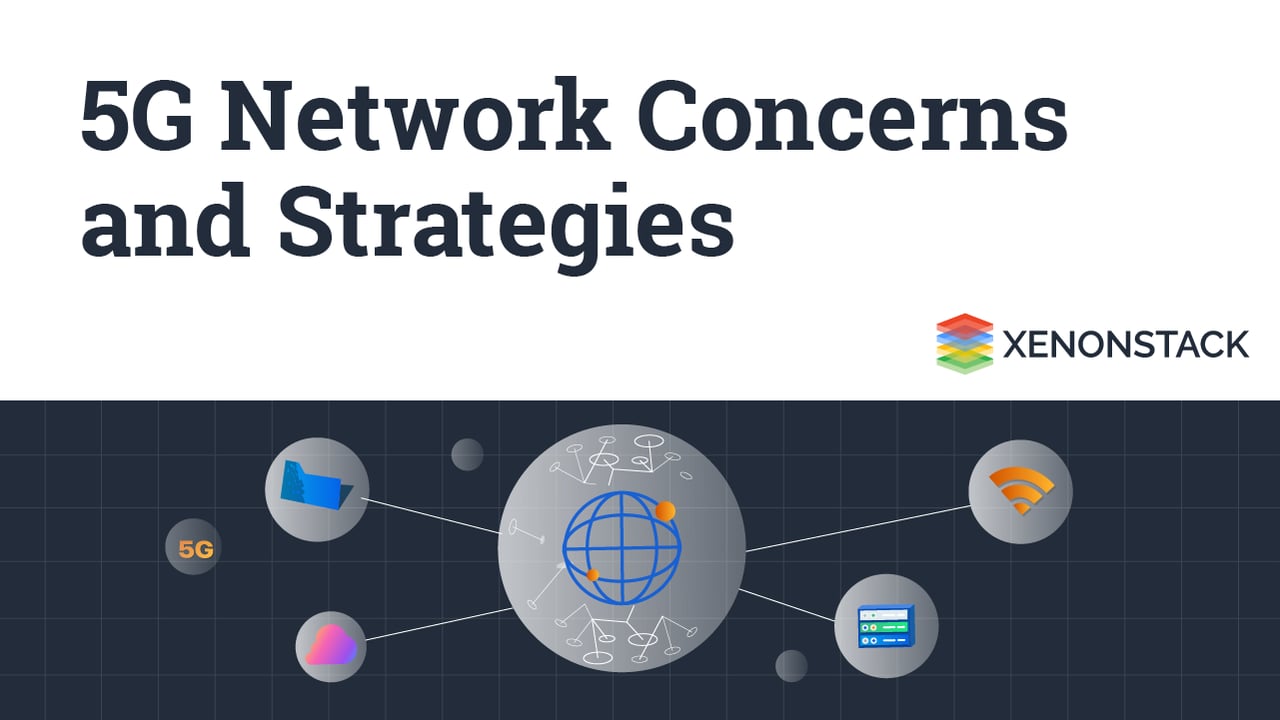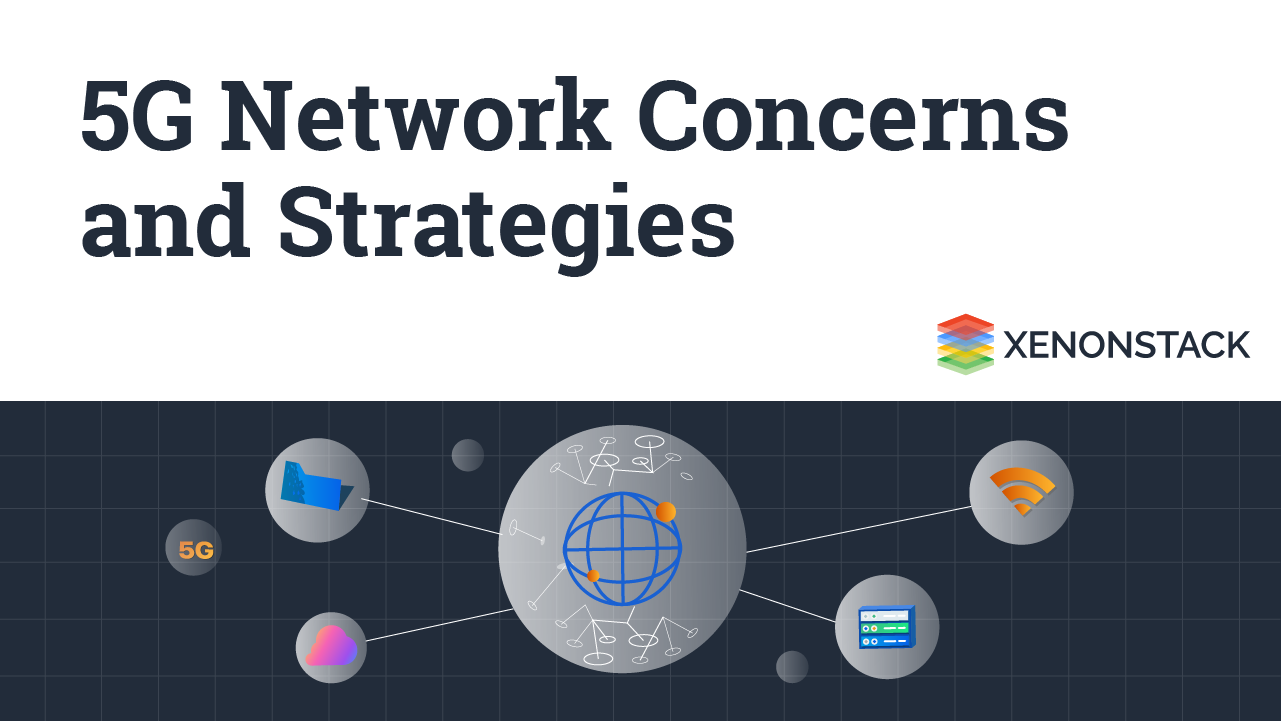
Introduction
The transition to 5G is not just a small step forward; it's a groundbreaking move that revolutionizes the entire spectrum of wireless communication. While much has been said about public 5G networks, another dimension worth exploring is Private 5G networks. These specialized networks serve specific industries like healthcare, industrial IoT, and enterprise services. They come with impressive perks, including speed, low latency, and reliability. However, they still need their fair share of security challenges. This blog will be focused on the technical intricacies that underlie the security issues specific to 5G networks.
The Tech Stack Behind 5G Networks
New Radio (NR)
New Radio, or NR, is a critical standard approved by the 3rd Generation Partnership Project (3GPP). It is the backbone for 5G technology and supports a broad range of frequency bands, from sub-6GHz to millimeter-wave (mmWave), ensuring versatile spectrum usage.
Network Slicing
Network slicing allows for partitioning a single physical network into multiple customized virtual networks, each designed for specific applications or client bases.
Multi-access Edge Computing (MEC)
MEC takes computing closer to the end-user, drastically reducing latency times and improving performance.
SDN/NFV
Software-Defined Networking (SDN) and Network Functions Virtualization (NFV) empower the network with adaptability, facilitating the efficient use of network resources and simplifying network configurations.
Security Concerns Often Overlooked
Risks with Network Slicing
Network slicing allows a physical network to be partitioned into multiple virtualized networks tailored for specific use cases. Each slice may have its security policies, firewalls, and authentication mechanisms. While this provides operational flexibility, it poses some distinct security challenges:
- Isolation Inefficiencies: Though slices are supposed to operate independently, poor isolation strategies can lead to vulnerabilities. For example, an insecure or misconfigured API could enable unauthorized cross-slice communication.
- Policy Enforcement: If security policies are not consistently applied across all slices, one compromised slice can be an attack vector to infiltrate others.
- Resource Starvation: An attacker could overload one slice, causing resource starvation for other slices relying on the same physical network, affecting their performance and stability.
Enhanced network isolation techniques, unified security policy management, and robust monitoring mechanisms are essential to mitigate these risks.
Challenges of Dynamic Spectrum Sharing (DSS)
Dynamic Spectrum Sharing allows 5G to share spectrum resources with 4G networks dynamically. While this ensures a smooth transition and coexistence between 4G and 5G, it also introduces some security concerns:
- Protocol Downgrade Attacks: Malicious actors might exploit DSS to force a device from a secure 5G network to an insecure 4G network, exposing it to known vulnerabilities in the older technology.
- Cross-Generation Attacks: The shared spectrum might serve as a conduit for carrying over attacks from a compromised 4G network into a 5G network, especially if security protocols differ substantially.
- Resource Allocation Exploits: Attackers could manipulate DSS algorithms to misallocate spectrum resources, affecting the network's performance or security posture.
Solutions include robust encryption across 4G and 5G spectrums and real-time monitoring of DSS behavior for anomalies.
Vendor Component Risks
The diverse components in 5G networks, including Open RANs, make multi-vendor interoperability a necessity. However, this diversity creates potential security weaknesses:
- Inconsistent Security Standards: Vendors may follow different security protocols, and some may not be as robust as others.
- Supply Chain Attacks: Attackers might compromise a less secure component during its manufacturing or shipping stage, introducing a vulnerability into the network.
- Software Vulnerabilities: Bugs or vulnerabilities in one vendor's software could be exploited to compromise the entire network.
Mitigation strategies include rigorous security audits for all vendors and centralized security policy enforcement.
SIM Swapping and Identity Issues
Although 5G enhances security protocols, it's still vulnerable to SIM swapping and identity theft. Weaknesses in the 5G Authentication and Key Agreement (AKA) mechanism can allow an attacker to impersonate a user and gain unauthorized access. Advanced phishing techniques, two-factor authentication exploits, or social engineering attacks can facilitate these identity-related vulnerabilities. Improved multi-factor authentication and behavior-based anomaly detection can help counter these threats.
Threats from Quantum Computing
The cryptographic algorithms used in 5G are not quantum-resistant, meaning they could be easily broken if and when quantum computing becomes practical for such tasks. Post-quantum cryptographic algorithms must be integrated into the 5G security framework to make it future-proof against quantum attacks.
Gaps in Security Standards
5G networks often rely on 3GPP's security protocols, which are designed primarily for 5G networks. This creates a security gap, as private networks may have different requirements and vulnerabilities. Customized security protocols and regular audits can help bridge this gap.
Mitigation Strategies
Navigating the maze of 5G security challenges requires more than antivirus software or a sturdy firewall. It calls for a confluence of advanced technologies and stringent practices, fine-tuned to address every conceivable vulnerability. This section delves into the technical specifics of strategies that can bolster 5G network security.
Embrace Zero Trust Models
The age-old cybersecurity mantra of "trust but verify" doesn't hold water in today's complex landscape. Enter Zero Trust—an architecture that doesn't take anything for granted. How does this work?
- Zones of Control: Zero Trust micro-segments the network, creating secure zones requiring individual verification procedures, thereby shrinking the possible attack surface.
- Access as a Privilege: It adheres to the least-privilege access principle, ensuring each user or device has the bare minimum of access rights.
- Adaptable Rulesets: Real-time metrics such as user location, device health, and current threat level influence dynamic access policies.
- Round-the-Clock Monitoring: Every byte of data traveling through the network undergoes inspection, facilitating immediate detection and neutralization of threats.
AI-Driven Anomaly Detection
Artificial intelligence isn't just for beating humans at chess; it's an invaluable asset in network security:
- Data Decomposition: Algorithms dissect network traffic into specific variables like payload size, frequency, and the kinds of protocols being used.
- Learning the Norm: Machine learning models are trained using this dissected data, learning what 'regular' network behavior looks like.
- Spotting the Odd One Out: Any deviation from the 'norm' is flagged in real-time, whether it be an unusual login attempt that could indicate identity theft or unexpected data transfers between network slices.
- Alert Cascades: High-risk anomalies can trigger automated actions, ranging from notifying human overseers to isolating affected portions of the network.
Implement Secure SD-WAN
Software-Defined Wide Area Networking (SD-WAN) brings a much-needed facelift to traditional WAN designs, particularly in security:
- Rules-Based Traffic Control: Customized policies guide traffic routing, enabling instant diversion of suspicious data packets.
- Encryption Everywhere: SD-WAN encrypts all data, from origin to destination, ensuring that unauthorized entities can't compromise information mid-transit.
- Identity Confirmation: With built-in Identity and Access Management, SD-WAN validates each user or device attempting to use network resources.
- Harmony with Zero Trust: SD-WAN naturally complements Zero Trust models, especially when it comes to dynamic policy application and data encryption.
Hardware-based Security
Utilizing hardware solutions like Trusted Platform Modules (TPM) can establish a secure base for encryption protocols and digital certificates.
- Trusted Platform Modules (TPM): These microcontrollers offer hardware-level security by generating and storing cryptographic keys.
- Physical Safeguards: Hardware Security Modules (HSMs) are fortress-like repositories for encryption keys and digital certificates.
- Tamper-Proof Booting: Secure boot features ensure that only verified, digitally signed software is allowed to run during system initialization.
- Integrity Chains: A hardware-based root of trust can verify each layer of the system software, ensuring a sealed loop of trust from the ground up.
Conduct Regular Security Audits
Regular assessments and audits, preferably by third-party specialists, can ensure that your 5G network remains up-to-date with evolving security standards.
- Ethical Intrusion: Specialists attempt to breach the network using ethical hacking methods to discover unseen vulnerabilities.
- Source Code Examination: Code reviews act as another layer of scrutiny, identifying potential backdoors or weak points in the programming.
- External Audits: Third-party agencies can offer an unbiased lens, assessing adherence to security standards like those set by 3GPP for 5G networks.
- Automated Scanners: Security teams use software tools that continuously probe the network for vulnerabilities, ensuring it meets evolving security benchmarks.
Conclusion
5G networks are nothing short of revolutionary. They can redefine not just data communication but entire industry operations. Yet, ignoring the associated security risks can be a recipe for disaster. As this technology is still emerging, now is the perfect time to establish a robust security framework that can withstand evolving cyber threats. Failing to do so could jeopardize the very benefits that make private 5G networks so appealing in the first place.
- How 5G Network is differ from 4G Network?
- Importance of 5G Network in Healthcare Industry.
- Read more about 5G Network in Retail Industry.


